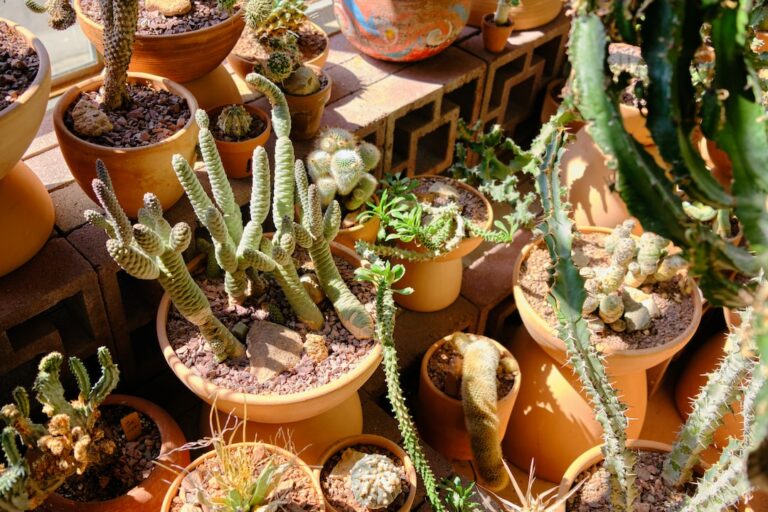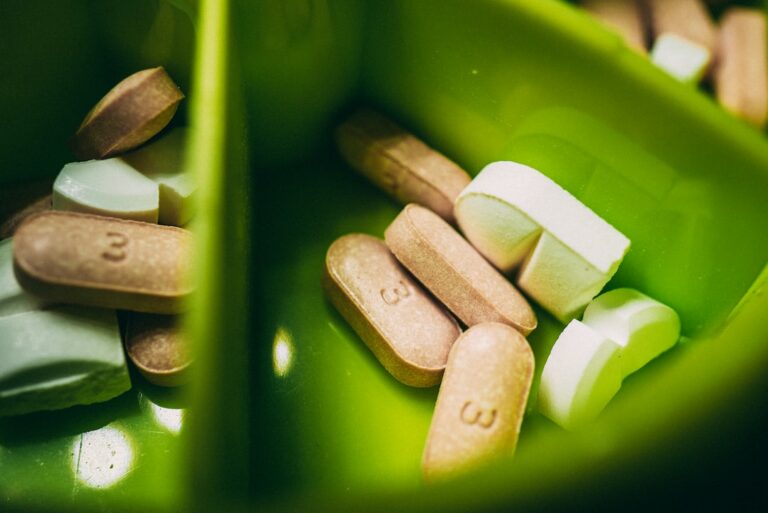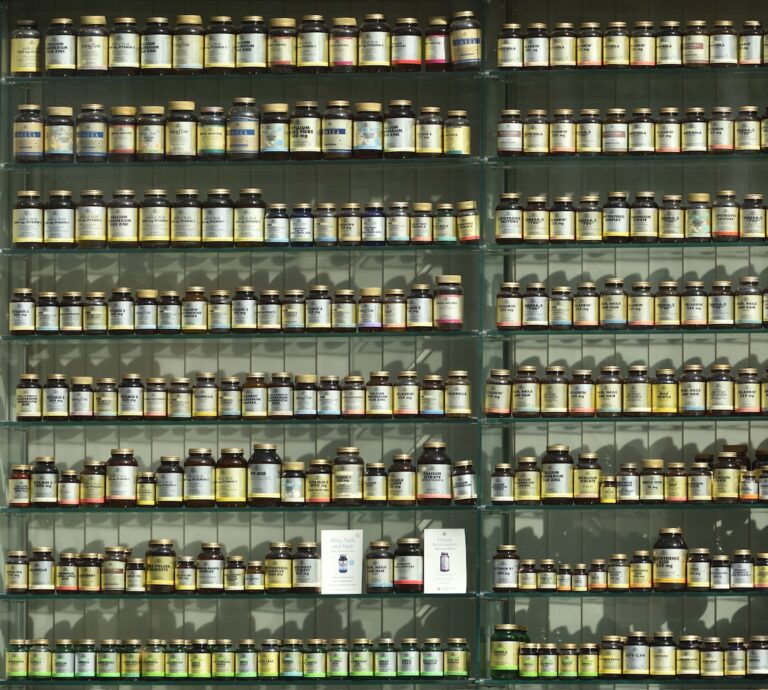Introduction
Definition of witchcraft
Witchcraft is the practice of magic and sorcery, often associated with supernatural powers and the ability to communicate with spirits. It has been a subject of fascination and fear throughout history, with various cultural and religious beliefs shaping its definition. In the context of plants, witchcraft has a long-standing association with the use of herbal remedies and potions. One of the key aspects of witchcraft is the utilization of antibacterial medicinal plants, which have been traditionally believed to possess healing properties and ward off negative energies. These plants, such as sage, lavender, and rosemary, have been used for centuries in rituals and spells, as well as in natural medicine. The effectiveness of these plants in treating ailments and promoting overall well-being has made them a significant part of witchcraft practices.
Historical association between plants and witches
In the realm of folklore and mythology, there has long been a historical association between plants and witches. Throughout history, certain plants have been believed to possess mystical properties and have been used in various rituals and spells. These plants, often associated with the natural world and its mysterious powers, have captured the imagination of both witches and non-witches alike. From the iconic mandrake root, believed to have the power to bring good fortune and protect against evil spirits, to the enchanting belladonna, known for its hallucinogenic properties, the plant kingdom has been a source of fascination and intrigue for those interested in the occult. Today, the study of these plants and their connections to witchcraft continues to captivate researchers and enthusiasts alike, shedding light on the rich history and cultural significance of this ancient practice.
Purpose of the article
The purpose of the article is to explore the plants that have been historically associated with witches. These plants hold significant cultural and historical importance, as they have been used in various rituals and practices throughout the centuries. One such plant is cinnamon, which has been widely used in traditional medicine for its numerous health benefits. Cinnamon has a rich history and is known for its distinct aroma and flavor. It has been used in potions, spells, and herbal remedies, making it a fascinating plant to study in the context of witchcraft. By examining the role of cinnamon in traditional medicine, we can gain a deeper understanding of its significance in witchcraft practices.
Common Plants Associated with Witches

Mandrake
Mandrake is a plant that has long been associated with witches and magic. It is believed to possess powerful mystical properties and has been used in various rituals and spells throughout history. The mandrake plant is known for its unique root, which often resembles a human figure. This distinctive feature has led to the plant being associated with legends and folklore, often being depicted as a guardian of hidden treasures or a source of supernatural powers. The mandrake plant has also been used in traditional medicine for its alleged healing properties, although its use is not without risks. Overall, the mandrake plant holds a significant place in the world of witchcraft and is considered an essential ingredient in many magical practices.
Wolfsbane
Wolfsbane, also known as aconite or monkshood, is a plant that has long been associated with witchcraft and folklore. It is a highly toxic plant, containing alkaloids that can cause paralysis and even death. In ancient times, Wolfsbane was believed to have magical properties and was often used in potions and spells. However, it is important to note that the use of Wolfsbane in witchcraft is purely symbolic and not based on any scientific evidence. Today, Wolfsbane is primarily known for its medicinal properties in mental health and withdrawal management. It has been used as a natural remedy for anxiety and depression, helping to calm the mind and promote relaxation. Additionally, Wolfsbane has been used in withdrawal management programs to alleviate symptoms of substance abuse. It is important to consult with a healthcare professional before using Wolfsbane for any medicinal purposes, as it can be highly toxic if not used properly.
Belladonna
Belladonna, also known as deadly nightshade, is a plant that has long been associated with witches and magic. Its dark, glossy berries and striking purple flowers give it an air of mystery and intrigue. Belladonna is known for its potent properties, including hallucinogenic effects and deadly toxicity. In folklore and mythology, it is often used in potions and spells for its ability to induce visions and alter consciousness. The plant’s association with witches is rooted in its historical use in witchcraft and sorcery, where it was believed to have supernatural powers. Today, Belladonna is still used in some modern witchcraft practices, although caution is advised due to its potentially dangerous effects. It is important to note that Belladonna should only be used under the guidance of a trained professional, as its toxicity can be fatal if ingested or mishandled.
Symbolic Meanings of Plants

Mandrake symbolizes fertility and protection
Mandrake, also known as Mandragora, is a plant that has long been associated with various beliefs and folklore. In many cultures, Mandrake symbolizes fertility and protection. The plant’s roots, which resemble human figures, have been used in rituals and spells related to fertility and love. Additionally, Mandrake has been used in traditional medicine for its potential healing properties. However, it is important to note that the use of Mandrake in conventional medicine is limited and it is primarily regarded as a symbol rather than a medicinal plant.
Wolfsbane symbolizes protection against werewolves
Wolfsbane, also known as aconite or monkshood, is a plant that symbolizes protection against werewolves. This plant has long been associated with witchcraft and folklore, believed to ward off evil spirits and protect against supernatural creatures. Wolfsbane is known for its beautiful purple flowers, but it is important to note that the entire plant is highly toxic and should be handled with caution. In ancient times, it was used in potions and spells to repel werewolves and other shape-shifting creatures. The belief in the protective properties of Wolfsbane continues to be prevalent in modern witchcraft practices.
Belladonna symbolizes hallucinations and enchantment
Belladonna, also known as deadly nightshade, is a plant that is commonly associated with witches and magic. It has a long history of being used in potions, spells, and rituals due to its powerful properties. The name ‘Belladonna’ means ‘beautiful woman’ in Italian, which reflects the plant’s attractive appearance but also its dangerous nature. Belladonna symbolizes hallucinations and enchantment, making it a key ingredient in many witchcraft practices. This plant contains alkaloids that can induce visions and alter consciousness, leading to its association with the supernatural. However, it is important to note that Belladonna is highly toxic and should never be ingested or used without proper knowledge and guidance. Despite its toxicity, Belladonna has been used medicinally in small doses to treat certain conditions. It is believed to have pain-relieving properties and has been used to heal brain naturally in traditional medicine.
Historical and Cultural Significance
Plants used in witchcraft rituals throughout history
Throughout history, various plants have been used in witchcraft rituals. These plants hold significant symbolism and are believed to possess magical properties. They are often associated with witches and their practices. Some of the most commonly used plants in witchcraft include herbs like sage, lavender, and rosemary, which are believed to have cleansing and protective properties. Other plants such as mandrake, belladonna, and nightshade are associated with more potent and dangerous magic. The use of these plants in rituals dates back centuries and continues to be a part of modern witchcraft practices.
Plants associated with famous witches in folklore
In folklore, there are several plants that have been associated with famous witches throughout history. These plants are believed to possess magical properties and have been used in various rituals and spells. One such plant is the mandrake, which is often depicted as having human-like roots and is believed to have the power to induce sleep and bring good fortune. Another plant associated with witches is the belladonna, also known as deadly nightshade, which is highly toxic but has been used in potions and ointments for its hallucinogenic effects. Other plants commonly associated with witches include wolfsbane, mugwort, and yarrow, each believed to have its own unique properties and uses in witchcraft.
Cultural beliefs and superstitions surrounding witchcraft plants
Cultural beliefs and superstitions surrounding witchcraft plants have been prevalent for centuries. These plants have played a significant role in various cultural traditions and practices associated with witchcraft. One of the key aspects of witchcraft plants is their use in herbal remedies. Herbal remedies derived from these plants are believed to possess mystical properties and have been used in traditional medicine for their healing effects. The association between witchcraft plants and herbal remedies has been deeply ingrained in the folklore and mythology surrounding witchcraft, making them an integral part of the mystical world of witches.
Modern Uses of Witchcraft Plants

Herbal remedies and potions
Herbal remedies and potions have been used for centuries as a natural alternative to traditional medicine. These remedies, derived from plants and herbs, have long been associated with healing and mystical properties. In the world of witchcraft, certain plants are believed to possess magical qualities and are often used in spells, rituals, and potions. These plants are seen as powerful allies in the practice of witchcraft, with each plant having its own unique properties and associations. From the calming effects of lavender to the protective powers of sage, witches have long relied on the natural magic found in plants to enhance their craft. While the use of herbal remedies and potions may be seen as the opposite of conventional medicine, many people still turn to these natural remedies for their healing properties and holistic benefits.
Incorporation of plants in modern witchcraft practices
Incorporation of plants in modern witchcraft practices has become increasingly popular as individuals seek natural alternatives to Xanax. Many practitioners believe that certain plants possess magical properties and can be used for various purposes, including healing, protection, and divination. These plants are often referred to as ‘witches’ herbs’ or ‘magical plants’ and are an integral part of spellwork and rituals. Some commonly used plants in modern witchcraft include lavender, chamomile, rosemary, and sage. These plants are believed to have calming and soothing effects, making them suitable for relaxation spells and rituals. Additionally, they are often used in herbal remedies and potions for their medicinal properties. Incorporating plants into witchcraft practices allows practitioners to connect with nature and harness the energy and power of the natural world.
Ethical considerations and sustainability
Ethical considerations and sustainability are important factors to consider when exploring the association between plants and witches. In the realm of natural medicine for anxiety, it is essential to ensure that the sourcing and cultivation of plants are done in an ethical and sustainable manner. This includes practices such as organic farming, fair trade, and responsible wild harvesting. By prioritizing these considerations, we can promote the well-being of both individuals and the environment.
FAQ (Frequently Asked Questions)
Are witchcraft plants dangerous?
Witchcraft plants, also known as herbal allies, have been associated with magic and witchcraft for centuries. These plants are believed to possess mystical properties and are often used in spells, potions, and rituals. While some people may view witchcraft plants as dangerous or sinister, it is important to note that their power lies in their symbolism and spiritual significance rather than any inherent harm they may cause. In fact, many witchcraft plants have beneficial properties and are used in herbal medicine for their healing properties. It is always important to approach the use of witchcraft plants with respect and understanding, as with any natural substance.
Can anyone use witchcraft plants?
Yes, anyone can use witchcraft plants. Witchcraft plants have been used for centuries by people from different cultures and backgrounds. These plants are believed to possess certain magical properties and are often used in rituals and spells. They can be used for various purposes, such as healing, protection, divination, and enhancing psychic abilities. Some commonly used witchcraft plants include sage, lavender, rosemary, and mugwort. It is important to note that while anyone can use witchcraft plants, it is essential to approach their use with respect and caution, as their effects can vary depending on the individual and the specific plant being used.
Where can I find witchcraft plants?
Witchcraft plants, also known as medicinal herbs, have been used for centuries in various cultures for their mystical properties. These plants are believed to possess magical qualities and are often associated with witches and their rituals. If you’re wondering where to find witchcraft plants, you’re in luck. They can be found in a variety of places, including local herb shops, botanical gardens, and even online stores. Whether you’re looking for herbs to enhance your spiritual practice or to explore their medicinal benefits, there are plenty of options available to suit your needs. So, dive into the world of witchcraft plants and discover the enchanting power they hold.












































